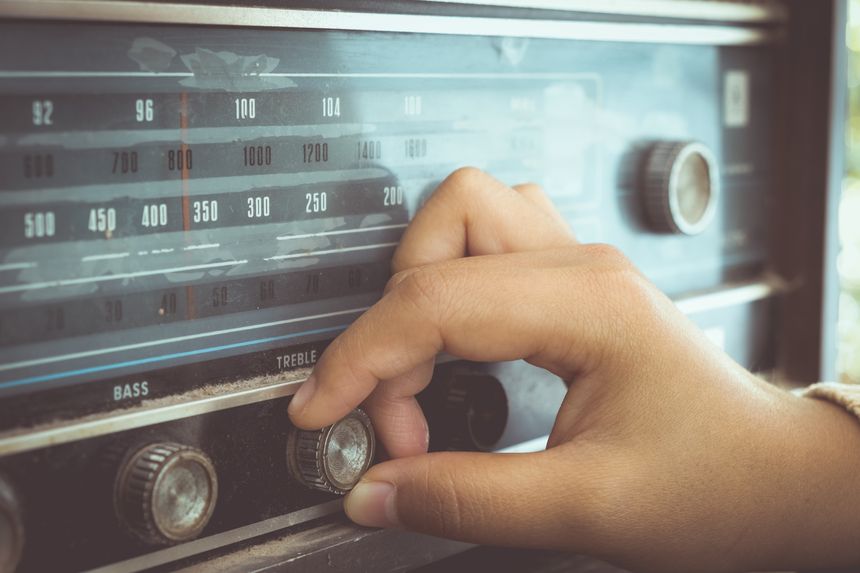Photo:
Getty Images/iStockphoto
When I lived in Denver in the early 1970s, Sunday nights included an audio excursion to my hometown of New York—a trip only AM radio could provide. At 770 on the dial I listened to WABC, with its distinctive disc jockeys, rock music and “news at :25 and :55,” via a signal traveling more than 1,600 miles.
This magic was possible only for a few hours when station KOB in Albuquerque, N.M., which shared the 770 frequency, shut down for maintenance. With the competing signal out of the way, WABC’s sound was able to travel far west—literally bouncing off the ionosphere.
That’s a trick unique to AM (amplitude modulation) radiowaves. They are subject to static interference but are longer and can travel much farther than FM (frequency modulation) waves, which don’t move well through large obstacles, such as mountains. As children, many of us built crystal sets that pulled in AM signals from near and, with luck, far. As teens, AM transistor radios were constant companions, until we were old enough to drive and AM car radios provided the soundtracks of our lives.
Cars have helped AM radio survive. “Drive time,” the hours in the morning and evening when people commute, is when AM stations, carrying primarily news and talk, make most of their money. So it is sad to see that some carmakers are giving up on AM, a move that could have the unintended consequence of hastening the medium’s demise.
Several European car makers, including Audi,
BMW,
and Volvo, have stopped putting AM radios in certain models. Trendy EVs and hybrids have electrical systems that interfere with AM audio. But rather than moving a few parts around, or shielding the equipment better, manufacturers are cutting out AM.
American automakers are taking a more cautious approach, but
has already eliminated AM radios, and
…
Click Here to Read the Full Original Article at RSSOpinion…

